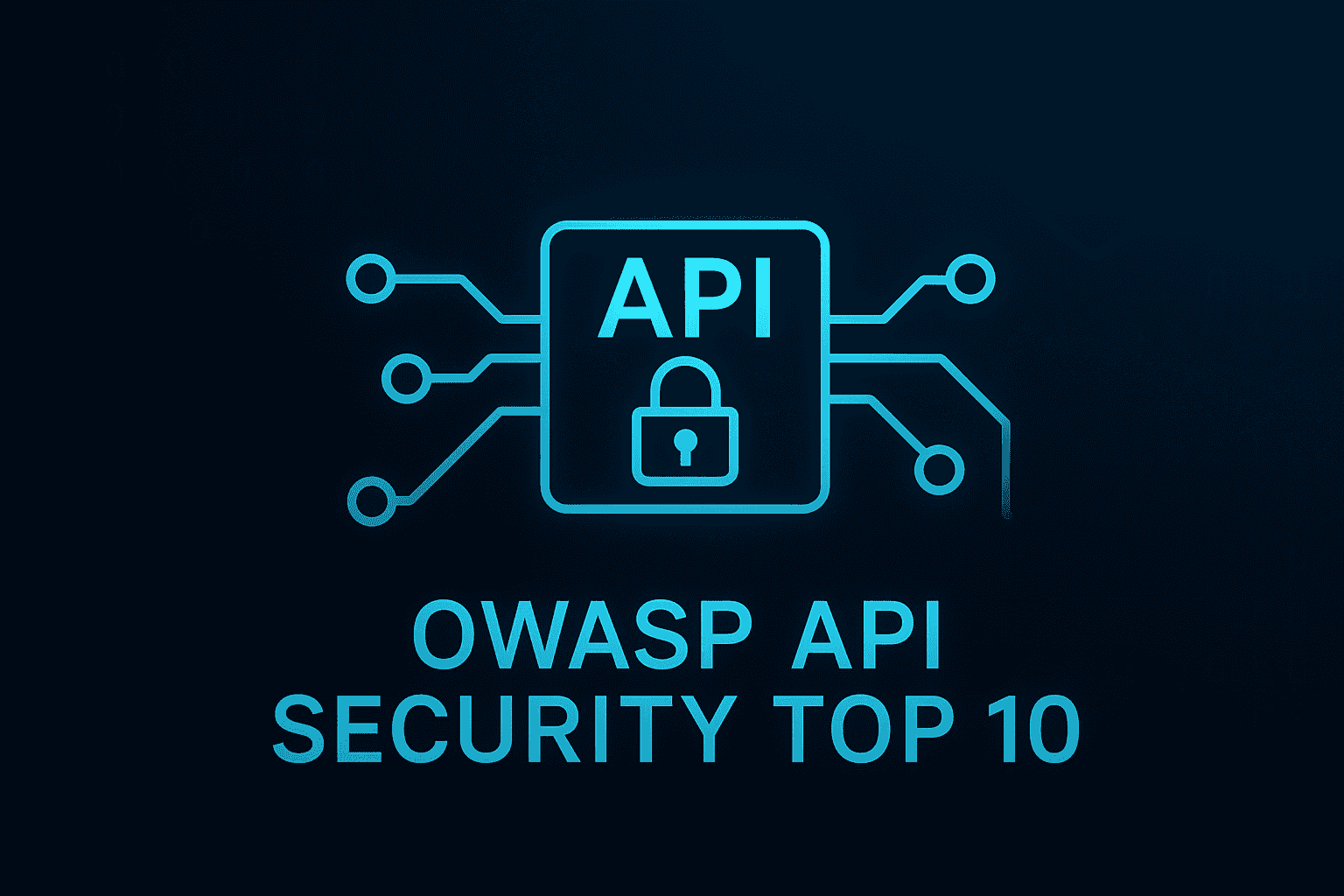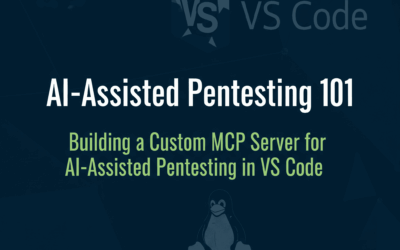Introduction
In today’s interconnected digital landscape, Application Programming Interfaces (APIs) have become the backbone of modern software architecture. From mobile apps to microservices, APIs facilitate seamless communication between systems, enabling the rich, integrated experiences users expect. However, with this increased reliance comes elevated security risks that organizations can no longer afford to ignore.
The Open Web Application Security Project (OWASP) has recognized this critical need by developing the OWASP API Security Top 10 – a comprehensive framework that identifies the most critical security risks facing APIs today. This guide serves as an essential resource for developers, security professionals, and IT leaders working to protect their digital infrastructure.
Understanding the API Security Landscape
APIs differ significantly from traditional web applications in their attack surface and vulnerability patterns. While web applications typically have user interfaces that provide natural security boundaries, APIs often expose direct access to business logic and sensitive data. This fundamental difference requires a specialized approach to security that goes beyond traditional web application security measures.
The consequences of API security breaches can be severe, ranging from data theft and privacy violations to complete system compromises. High-profile incidents involving major organizations have demonstrated that API vulnerabilities can lead to the exposure of millions of user records, financial losses, and irreparable damage to brand reputation.
The OWASP API Security Top 10 Breakdown
API1:2023 Broken Object Level Authorization (BOLA)
Previously known as Insecure Direct Object References, BOLA represents the most prevalent API security risk. This vulnerability occurs when APIs fail to properly validate user permissions for accessing specific objects or resources. Attackers can manipulate object identifiers in API requests to access unauthorized data.
Common scenarios include:
- Changing user IDs in REST endpoints to access other users’ profiles
- Modifying resource identifiers to view restricted documents
- Bypassing authorization checks through parameter manipulation
Mitigation strategies:
- Implement robust authorization checks for every object access
- Use unpredictable, non-sequential identifiers
- Validate user permissions against the requested resource context
API2:2023 Broken Authentication
Authentication flaws in APIs can allow attackers to assume other users’ identities or gain unauthorized access to sensitive endpoints. These vulnerabilities often stem from weak token management, inadequate session handling, or flawed authentication mechanisms.
Key vulnerabilities:
- Weak password policies and credential storage
- Insufficient token validation and rotation
- Missing multi-factor authentication requirements
- Improper session timeout configurations
Best practices:
- Implement strong authentication mechanisms with proper token management
- Use industry-standard protocols like OAuth 2.0 and OpenID Connect
- Enforce multi-factor authentication for sensitive operations
- Regularly audit and update authentication systems
API3:2023 Broken Object Property Level Authorization
This risk involves the exposure of sensitive object properties that users shouldn’t be able to read or modify. It encompasses both excessive data exposure and mass assignment vulnerabilities, where APIs return more information than necessary or allow modification of unintended properties.
Common issues:
- APIs returning complete user objects when only basic information is needed
- Allowing clients to modify sensitive properties through mass assignment
- Inconsistent property-level access controls
Prevention measures:
- Implement property-level authorization checks
- Use data transfer objects (DTOs) to control exposed properties
- Apply the principle of least privilege for data access
- Regularly review and audit exposed API properties
API4:2023 Unrestricted Resource Consumption
Without proper resource limits, APIs become vulnerable to denial-of-service attacks and resource exhaustion. This category covers various forms of resource abuse, from simple rate limiting bypasses to complex resource consumption attacks.
Attack vectors:
- Overwhelming APIs with high-frequency requests
- Uploading excessively large files or payloads
- Executing resource-intensive operations without limits
- Exploiting pagination to consume excessive server resources
Protective measures:
- Implement comprehensive rate limiting strategies
- Set maximum payload sizes and execution timeouts
- Monitor resource consumption patterns
- Use circuit breakers and graceful degradation mechanisms
API5:2023 Broken Function Level Authorization
Function-level authorization failures occur when APIs don’t properly restrict access to administrative or privileged functions. This vulnerability allows regular users to access administrative endpoints or perform actions beyond their intended permissions.
Typical scenarios:
- Regular users accessing administrative functions
- Bypassing role-based access controls through direct endpoint access
- Insufficient validation of user privileges for specific operations
Security controls:
- Implement role-based access control (RBAC) consistently
- Validate user permissions at the function level
- Use the principle of least privilege for API endpoint access
- Regular security reviews of endpoint permissions
API6:2023 Unrestricted Access to Sensitive Business Flows
This risk addresses the abuse of legitimate business workflows through automated attacks or excessive usage. Attackers exploit business logic flaws or overwhelm critical business processes, potentially causing financial damage or service disruption.
Business impact:
- Automated scalping of limited resources or tickets
- Manipulation of pricing or promotional systems
- Abuse of referral or reward programs
- Overwhelming critical business processes
Mitigation approaches:
- Implement business logic validation and monitoring
- Use CAPTCHA or human verification for sensitive operations
- Monitor and analyze user behavior patterns
- Apply rate limiting specific to business workflows
API7:2023 Server Side Request Forgery (SSRF)
SSRF vulnerabilities allow attackers to abuse server functionality to access or modify resources. Modern API architectures, with their distributed nature and external service integrations, are particularly susceptible to SSRF attacks.
Attack scenarios:
- Accessing internal services through API endpoints
- Reading sensitive files from the server file system
- Performing port scanning on internal networks
- Bypassing firewalls and accessing restricted resources
Prevention techniques:
- Validate and sanitize all user-supplied URLs
- Implement allowlists for external resource access
- Use network segmentation to limit internal access
- Monitor and log all outbound requests from API servers
API8:2023 Security Misconfiguration
Security misconfigurations in API deployments create unnecessary attack surfaces and expose systems to various threats. These issues often stem from default configurations, incomplete security hardening, or inadequate change management processes.
Common misconfigurations:
- Default credentials and configurations
- Unnecessary HTTP methods enabled
- Missing security headers
- Verbose error messages exposing system information
- Outdated or unpatched software components
Hardening practices:
- Implement secure configuration baselines
- Regular security configuration audits
- Automated configuration management and compliance checking
- Minimal exposure principle for all API components
API9:2023 Improper Inventory Management
Organizations often lose track of their API inventory, leading to unmanaged and potentially vulnerable endpoints remaining in production. This lack of visibility creates significant security blind spots and compliance challenges.
Inventory challenges:
- Shadow APIs developed without security oversight
- Legacy APIs with outdated security controls
- Multiple API versions with inconsistent security measures
- Undocumented or forgotten API endpoints
Management strategies:
- Implement comprehensive API discovery and inventory tools
- Establish API lifecycle management processes
- Regular security assessments of all API endpoints
- Centralized API governance and documentation
API10:2023 Unsafe Consumption of APIs
When APIs consume data from external sources without proper validation, they become vulnerable to various injection attacks and data manipulation threats. This risk is particularly relevant in microservices architectures where services frequently communicate with external APIs.
Security concerns:
- Insufficient validation of third-party API responses
- Injection attacks through consumed API data
- Man-in-the-middle attacks on API communications
- Trust boundary violations in service-to-service communication
Secure consumption practices:
- Validate all data received from external APIs
- Implement proper SSL/TLS certificate validation
- Use secure communication protocols and authentication
- Apply input validation and sanitization consistently
Building a Comprehensive API Security Strategy
Security by Design
Integrating security considerations from the initial design phase is crucial for effective API security. This approach involves threat modeling, security requirements definition, and the establishment of secure development practices that address potential vulnerabilities before they reach production.
Consider security implications during API design by defining clear authentication and authorization requirements, establishing data classification and handling procedures, and implementing security testing throughout the development lifecycle.
Implementation Best Practices
Successful API security implementation requires a multi-layered approach combining technical controls, process improvements, and organizational measures. Key implementation areas include secure coding practices, comprehensive testing strategies, and robust deployment and monitoring procedures.
Essential technical controls include input validation and sanitization, proper error handling and logging, secure communication protocols, and regular security updates and patch management.
Monitoring and Incident Response
Continuous monitoring of API security posture enables early detection of potential threats and rapid response to security incidents. Effective monitoring strategies combine automated security tools, behavioral analysis, and human oversight to maintain comprehensive visibility into API security status.
Establish baseline behavioral patterns for your APIs, implement real-time alerting for suspicious activities, and develop incident response procedures specifically tailored to API security events.
Industry Standards and Compliance
API security intersects with various regulatory requirements and industry standards. Organizations must consider compliance requirements such as GDPR, HIPAA, PCI DSS, and others when implementing API security measures. The OWASP API Security Top 10 provides a framework that aligns with many of these standards while offering practical guidance for implementation.
Understanding the regulatory landscape helps organizations prioritize security investments and ensure comprehensive protection that meets both security and compliance objectives.
Final Thoughts
The OWASP API Security Top 10 represents a critical resource for organizations seeking to secure their API infrastructure effectively. As APIs continue to proliferate and evolve, understanding and addressing these top security risks becomes increasingly important for maintaining robust cybersecurity posture.
Success in API security requires a comprehensive approach that combines technical expertise, organizational commitment, and ongoing vigilance. By implementing the security measures outlined in this framework and maintaining awareness of emerging threats, organizations can significantly reduce their API security risk while enabling the innovation and efficiency that modern APIs provide.
The journey toward secure APIs is ongoing, requiring continuous learning, adaptation, and improvement. The OWASP API Security Top 10 provides the roadmap – it’s up to each organization to navigate that path with diligence and expertise.
Remember that API security is not a destination but a continuous process of improvement, adaptation, and vigilance in our increasingly connected digital world.




